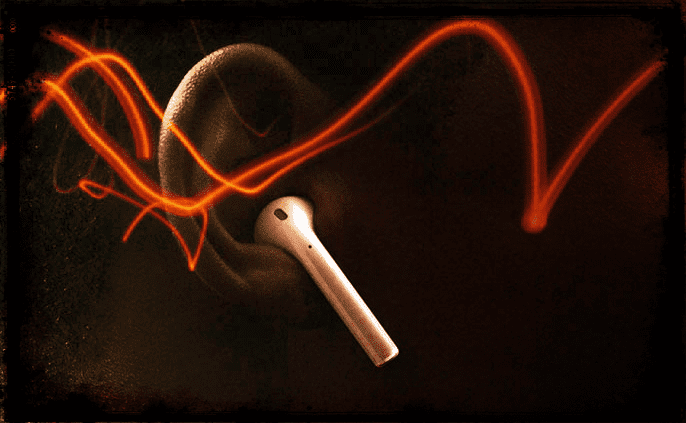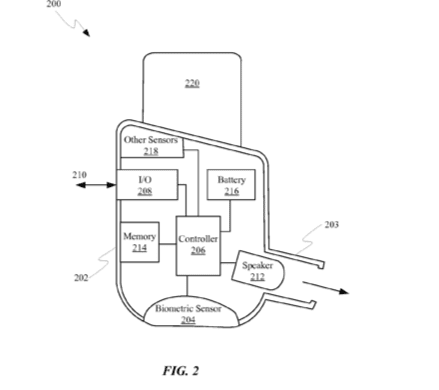Apple Airpods are small yet powerful devices. The first generation of these little-advanced earbuds is becoming ubiquitous. Apple is thinking of taking this one step further by placing biometric sensors in the device.

Biometric Sensing: It’s All About Our Health
Digital healthcare is an area where Apple has shown a lot of interest. The Apple Watch is one of the most trusted devices when it comes to various biometric readings. This observation comes out of a recent Cleveland Clinic Study that looked at measurements made by different wearables. The Apple Watch is somewhat limited in the various types of sensors that it can be equipped with.

Apple has also seen the rising popularity of Airpods. Between the Airpods and the Watch, Apple could help users in collecting different biometric measurements that can help them better manage their health.
Related: Apple and Sensors – A lot More to Come
Related: Apple and FDA talk about Glucose Monitoring
Coming Soon: AirPods with Health Sensors?
According to the inventors of this Apple patent, 9,699,546; Apple could equip future earbuds (AirPods) with a biometric sensor that when pressed up against a portion of the tragus in your ear can facilitate biometric measurements. This unique placement can help with measuring core temperature, sub 2 and VO measurements.

Requiring a user to place a sensor in direct contact with the skin to track biometric data can be burdensome making adoption of biometric tracking difficult. This Patent from Apple tackles mechanisms for unobtrusively measuring biometric parameters.
One way to make the incorporation of biometric sensors into a user’s everyday life more palatable is to integrate the sensors with a type of device that the user already utilizes. The biometric sensor will be positioned along an exterior surface of the housing of the device. One exemplary type of biometric sensor that can be used to record biometric parameters of a user is a photoplethysmography (PPG) sensor that measures biometric parameters by shining light and then measuring the reflectivity of that light off the skin.
Biometric Sensing: The Science
Variations in the reflectivity can be used to characterize profusion of the blood through the skin of a user. The changes in light absorption can be caused by the abundance of blood within the skin during each cardiac cycle. Because the profusion of blood into the skin can be affected by multiple other physiological systems, this type of biometric monitoring system can provide many types of biometric information.
By capturing waveforms associated with the cycling profusion of blood to the skin, multiple biometric parameters can be collected including, for example, heart rate, blood volume, and respiratory rate.
And by using LEDs that emit different wavelengths of light additional data can be gathered such as, for example, VO.sub.2 max (i.e., the maximal rate of oxygen absorption by the body). By arranging biometric sensor to be placed in contact with a tragus of the ear, which advantageously tends to get well-profused with blood will allowing sensor readings made by a pulse oximeter in the area of the tragus to be particularly accurate.

The sensor can take the form of a core temperature sensor. A biometric sensor can also be used as a form of an electrode. These electrodes can be configured to measure the galvanic skin response (GSR) of a user. A GSR can be useful in determining an amount of stress being experienced by the user at any given moment in time. In some embodiments, the electrodes can be used to measure more detailed parameters of the heart rate when the electrodes are configured as an electrocardiogram (EKG) sensor or an impedance cardiography (ICG) sensor.
Lean Innovation in health care and the development of digital tools are essential to achieving the full benefits of reducing total cost of care over the long run. If technology companies such as Apple who have a reputation for safety, security and privacy can lead innovation in this field, it is definitely going to be a game changer.